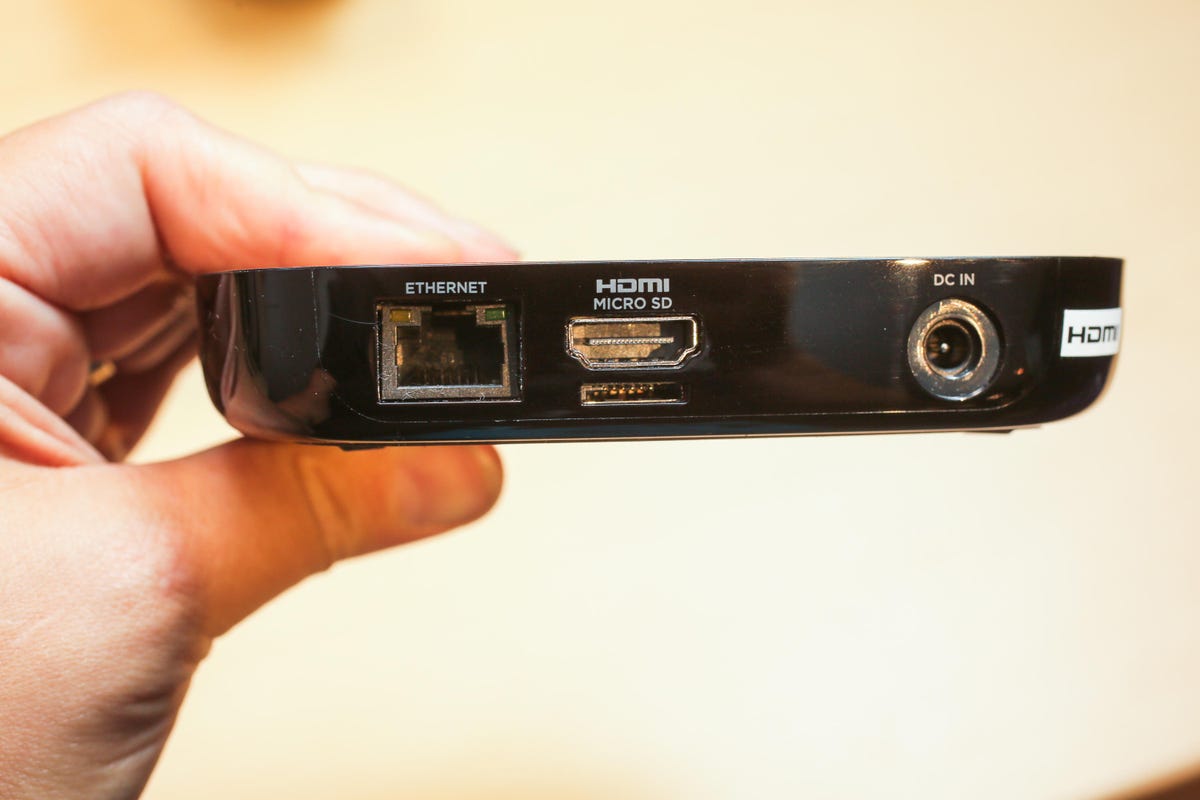Does Max take forever to load? Do the movies on Disney+ pause and stutter? Does the image quality of Netflix look blurry and pixelated? All these issues are often related to the same thing, which can also impact Zoom meetings, gaming online and other streaming-related activities. The issue is your internet speed, and while the best fix is to increase that speed through your provider, other options can help if you can’t get or afford the faster options from AT&T, Spectrum, Xfinity, Verizon or other ISPs.
The simple fixes listed below will help ensure your various internet-connected devices have the fastest possible connection in your home, so they get the most out of whatever speeds you have coming in from the world outside. These tips will work whether you’re streaming on an Xbox, PlayStation, iPad, Roku, Fire TV, Apple TV or the apps in your smart TV.
Beyond these tips, also check out various settings to change on your streaming device and how to strategically cancel streaming services to save money.
Upgrade your internet speed for better streaming
Yes, this is certainly the most obvious, but when was the last time you asked your provider how fast its offerings are now? If it’s been a few years, it likely has new services (maybe even fiber) that could greatly increase your download speeds. Recently I switched from 250Mbps cable to 1Gbps fiber for $10 less a month. When I canceled the cable internet they said “Oh, we can reduce your rate by $30 a month, or increase your speeds for the same money.” They, of course, never offered that without me saying I was canceling. Just something to keep in mind.

You need at least 15Mbps download speeds for 4K streaming, but really, you want a lot more than that. It’s also possible there are new providers or services from other companies in your area.
This is definitely the first place to start. If you stay with the same provider, usually it’ll be able to flip the proverbial switch without sending a tech to visit your home. Afterward, you’ll have faster internet. If you switch providers (from cable to fiber, for example), the new provider will probably have to send someone to your house to install it.
Read More: Best Internet Service Providers of 2023
Upgrade your Wi-Fi streaming hardware
The Wi-Fi router that you get for free from your internet provider is likely terrible. I upgraded my router the day before my new internet service was installed and I got a 20% boost in speed just from that. Many providers even charge for their basic routers, so if your provider allows it, you could save some money long-term by buying a good one outright and reducing your bill a bit each month.
You’ll also likely get better range and better signal throughout your home with an upgraded router. If you’ve always had a bad connection in the back of the house, a better router might help with that.
A new or different router might also give you the option to connect via the 5GHz range (“normal” Wi-Fi is 2.4GHz). 5GHz is generally faster and has less chance of interference from other devices. It doesn’t go through walls as effectively. Our favorite all-around budget option is the TP-Link Archer AX21.
Read More: Best Wi-Fi Routers for 2023
If your house is particularly large, or the walls seem to be particularly obstructing, it’s worth considering a mesh Wi-Fi system. These use multiple devices spread around your home instead of one single device. CNET’s favorite mesh system is TP-Link Deco W7200.
Read More: Best Mesh Routers for 2023
Switch to wired Ethernet
Although convenient, Wi-Fi can be quite slow on some networks, especially if multiple people are streaming at once. Wired internet, aka Ethernet, is a lot faster and doesn’t have issues with walls, interference or distance (well, not in a house, anyway). Though running wires can be annoying, it provides the most reliable connection and can be worth doing on your main TV at least.

If you want to use a wire, check your device. Most streamers lack the Ethernet port required for a wired connection, but cheap $15 USB adapters are available for the Chromecast with Google TV and Amazon’s Fire TV sticks. Most Roku devices don’t work with Ethernet, unfortunately. The exceptions are the Roku Ultra, which has a built-in Ethernet port, and the Roku Express 4K, Roku Express 4K Plus, Streambar and Smart Soundbar Pro, which all work with an optional Ethernet adapter.
Streamers with Ethernet built in, no adapter required, are generally more expensive, but they could be worthwhile if you want a simpler hookup or prefer Roku’s system. Our favorite streamers with built-in Ethernet are the Roku Ultra and the Apple TV 4K.
Move your router
Simply changing the location of your Wi-Fi router could help a lot. If it’s on or near the ground, in a closet or at the far end of your house, you could be limiting the signal and speed without even realizing it. Wi-Fi can go through walls, but being high up and with fewer walls between the router and streamer will make a difference. If the router has antennas, positioning them correctly can also help (one vertical and one horizontal).
The same is true on the other end. If you’ve got the streamer in a cabinet, that’s not helping either. In a perfect world, the streamer would have a direct line of sight with the router. This isn’t necessary, but everything you place between the two of them decreases the signal and potentially lowers the speed.
An alternate version of this would be to get a Wi-Fi booster or run Ethernet to a second Wi-Fi router (or the mesh option listed above). If your house is long or large, there are lots of options beyond the scope of this guide.
Limit the number of people on your Wi-Fi
Think of your internet connection as a pipe full of water. There’s only so much water to go around. If you’re trying to stream in the living room, but the rest of the family is also trying to stream in other rooms, there might not be enough “water” to go around. Everyone will have issues.
Who gets priority in that case is entirely up to your discretion.
That said, moving some devices to wired instead of wireless might help that aspect of your overall home network performance. You might also try downloading your favorite shows and movies to devices such as phones and tablets to watch around the house when a balky internet connection precludes streaming.
Test your streaming speed results
An internet speed tester like Speedtest or Netflix’s Fast.com can give you an idea of what you’re dealing with now. If you use the Android or iOS version, make sure to place the phone or tablet near the streaming device to get the most accurate result. With each change you make, test again and see how it affects the signal.
Many streaming problems can be solved with the steps I’ve described. The key is getting the device the fastest internet possible, by any means necessary.
For more, check out Roku tips and tricks to up your streaming game and how to get rid of your old TV.
Note: This article was first published in 2017 but has been updated with new info and links.
As well as covering TV and other display tech, Geoff does photo tours of things like cool museums and locations around the world, including nuclear submarines, massive aircraft carriers, medieval castles, epic 10,000-mile road trips, and more. Check out Tech Treks for all his tours and adventures.
He wrote a bestselling sci-fi novel about city-size submarines, and also Budget Travel for Dummies. You can follow him on Instagram and YouTube.
